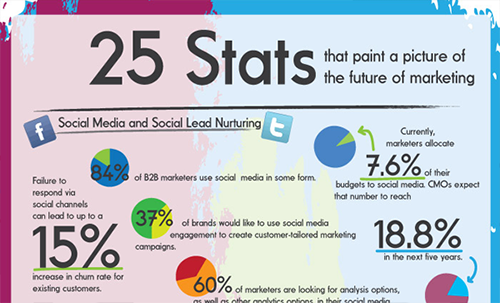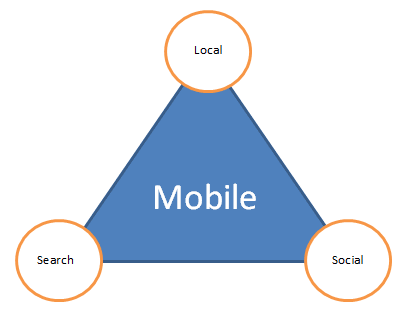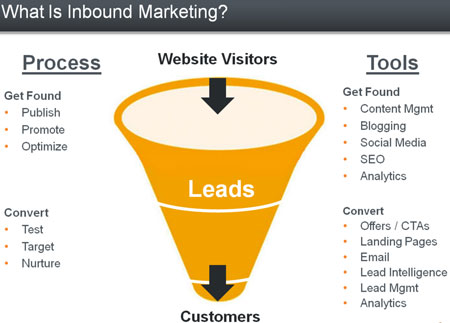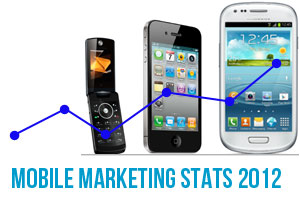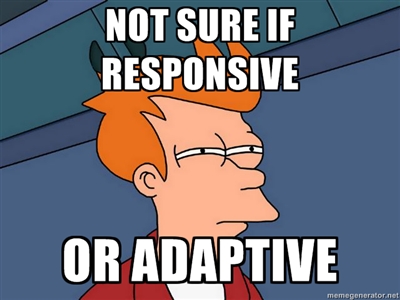Mobile Marketing Factors

A recent study was conducted on the types of behavior to expect from mobile users and how they are using their mobile devices. The 2012 Online User Behavior and Engagement Study, conducted by The Search Agency and Harris Interactive, shows that there are noticeable differences in the behavior of users by age groups as well how they are using mobile devices. There were also other dynamics such as disposable income and children which were found to influence consumer mobile device behavior.
Mike Solomon, Vice President of Marketing Strategy at The Search Agency, stated, “It’s no doubt that a plethora of smartphones and tablets are increasingly being used by consumers, so mobile marketers and advertisers need to think beyond the device when they’re providing content to the consumer.” Solomon continued, “The time of day, the device, their location, their age, and whether they’re single or married, all must be taken into account when serving content.”
Solomon also went on to point out that, “Marketers can now also map consumer intent, which is driven by a combination of device type, time of day and day of week; for example, a home buyer’s behavior is different on a smartphone during the weekday when they are researching than on the weekends when they are ‘in market.'”
“The number of resources and devices on which consumers perform research, communicate and shop is rapidly growing and mobile marketers need to understand each of these factors when creating their campaigns.”
One surprising fact drawn from the survey was that baby-boomers are actually a bit more tech savvy than people who are slightly younger than them because of their children pressuring them to use today’s new technology. The study also suggests that time of day and the closeness of mobile devices has an effect on when and how end users use these devices to shop, search, or socialize. Using this information, researchers are suggesting that advertisers and marketers need to focus on matching content with the time of day and specific devices to better reach end users.
Other significant findings were that 49% of single people own a smart phone, while only 43% of married couples own one. However, 45% of married couples own a tablet compared to 36% of single users who own a tablet. So it is apparent that married couples are more likely to be using a tablet while single people are more likely to be using a smart phone.
The statistics also point to consumers using their computers and mobile devices more to research products and services they see on television. Age was the most noteworthy aspect influencing the type of product or service they eventually chose.
Diving further into the numbers, it was found that 78% of all people go to their computers for information on products and services while 66% of tablet owners stick to their tablets. However, it is important to note that people ages 18-34 used their tablets 71% of the time to research while people ages 35-44 used their tablets 81% of the time. But remember, even though more married couples own tablets than single users, single people are more likely to use their tablets to research products and services (76%) than married couples (63%).
It is pretty clear that people are now turning to their mobile devices, regardless if there’s a computer close by or not, to get their information. Telling numbers are 59% of ALL people are using their smart phones when a computer is close by, while that number jumps up to 74% when only figuring in people ages 18-34.
Finally, one of the last major things found by the study is that younger people are much more likely to shop at work (53%) than their older counterparts (42%) who are 55 or older. It is also clear that younger people browse social networks at work more (52% of 18-34 year olds) than older people (41% of 35-44 year olds, and 30% of those 55 and older). So younger people are much more likely to multi-task at work than the older generation.
Mr. Solomon concluded, “This study is helping us learn a bit more on how usage on desktops to mobile is evolving, and it all depends on who you are, if you’re married, how old you are, or where you’re located.” Using these numbers, you should be able to get a glimpse of how your consumers are getting the information that they need, and how you can take advantage of these behaviors.







